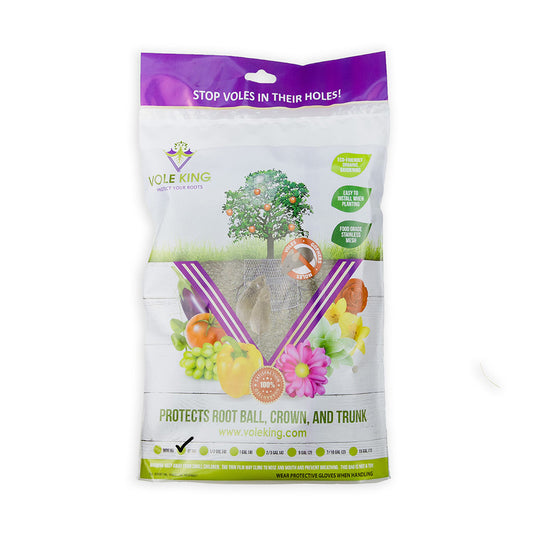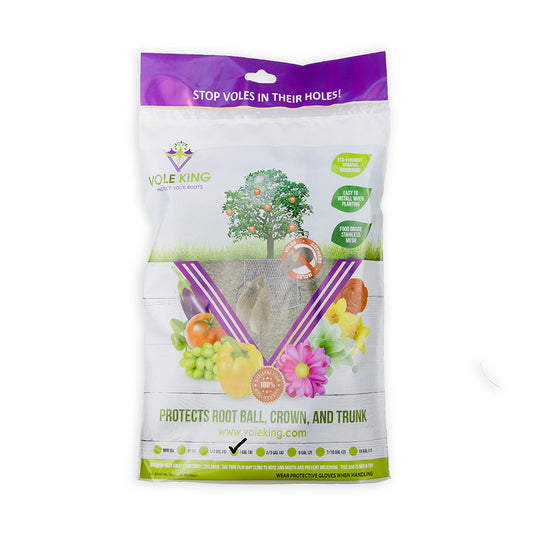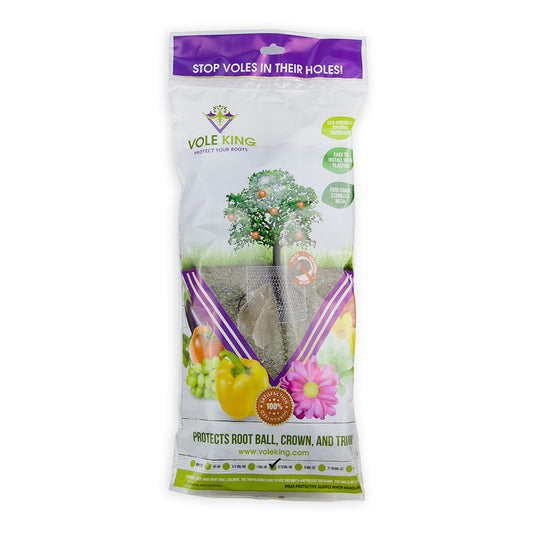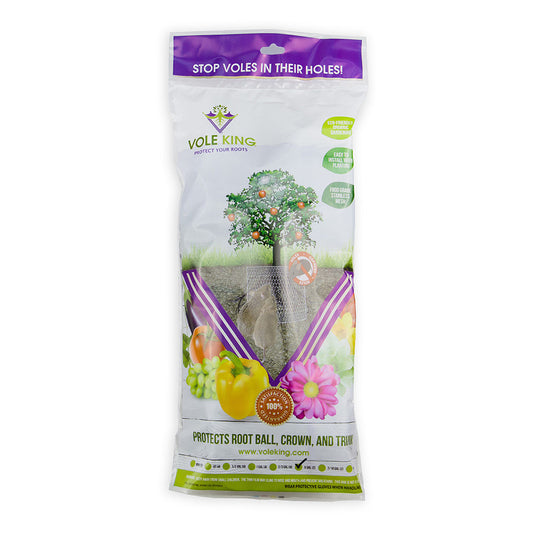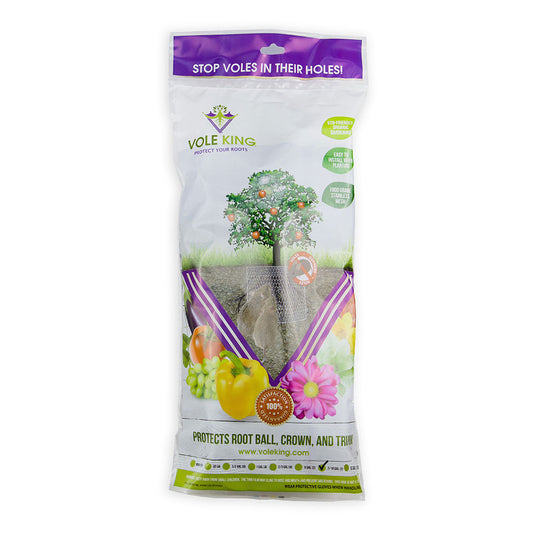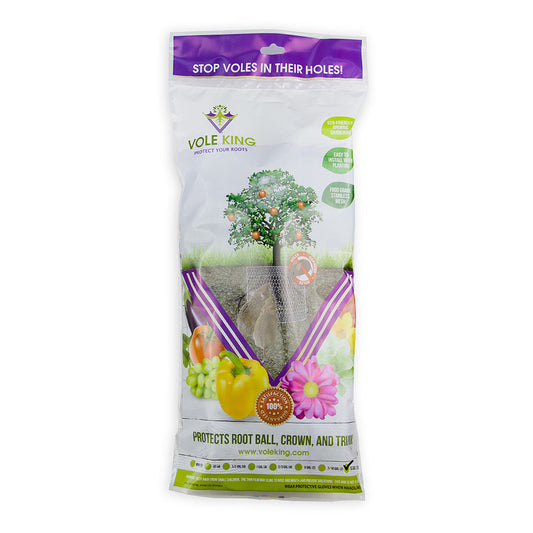
Waterwise Landscaping
Share
Hi friends, and welcome to our June blog! While summer doesn’t officially start until June 21 this year, most people kick off their summer fun Memorial weekend, and soak in as much as they can through Labor day! School is out, pools are open, beaches are packed, and cookouts are underway! June 21 not only marks the official start of summer (in the Northern Hemisphere), but is also the longest day of the year. Longer days mean hot weather and more time outside!
We aren’t the only ones feeling these long, hot days - our plants are too! On the hottest of days, our plants are extra thirsty! As much as we dread summer showers that drown out our outdoor plans, our plants crave the refreshment that summer rains bring. In this blog post, we’ll share waterwise landscaping techniques: ways to keep your flowers, trees, and shrubs thriving during the dog days of summer.
Unfortunately how much it rains, and when, is out of our control. And the less it does rain, the more likely your municipality will issue water restrictions. Watering lawns and plants is usually one of the first things to go! Imagine the agony of planting your lush, gorgeous landscape, only to find out come summertime that you’re in a drought situation, water restrictions are in place, you can’t water it properly, and everything dies! All that time and money lost - UGH!! If you had implemented waterwise techniques from the start, you could be singing a different tune right now! Even in conditions where water is plentiful, waterwise gardening promotes good stewardship of our land and water. Read on for tips on how to set up your gardens and landscape for drought tolerant success from the start!
One approach to waterwise landscaping is using drought tolerant plants in your entire landscape. Depending on your growing zone, there may be more options than you realize! A landscape pro, or the specialists at your favorite local garden center can help you select the best drought tolerant plants for your area. Also consider limiting grass, or using a drought-tolerant lawn grass (look for specific varieties of bermuda, zoysia, centipede, or fescue) suited to your area. In place of grass, add natural areas covered in pine straw, mulch, river rock, or gravel. For smaller yards, a paver patio or artificial turf may be the solution you’ve been looking for.
Waterwise gardening doesn’t have to be limited to using only drought tolerant plants though. Consider setting up your landscape in three zones: the oasis zone, the transitional zone, and the xeric zone. The oasis zone is typically closest to your house (or the main water sources, such as gutter downspouts, a rain barrel, or a faucet/hose), and can include plants that need a little more supplemental water.
The transitional zone is mid-way between the home and the edge of the property, such as your island or driveway landscape beds. Plants used here should be sustainable and require only occasional watering once established. Plants included in this zone will vary depending on where you live.
The xeric zone is the area around the perimeter of your property. These plants should be drought tolerant, and not require supplemental watering once established. Xeric plants have developed means of surviving with little water, such as smaller leaf size to limit evaporation of moisture, and deep or extensive root systems to search for water well below the surface. Succulents are excellent for this zone, as well as Irises, Lavender, Russian Sage, Catnip, Salvia, Lantana, Bee Balm, and many more.
Regardless of which approach you take, water only as needed, once or twice a week, not daily or on set days of the week. This will allow the water to percolate deep into the soil, so the roots are trained to grow deep. Deeply rooted plants are much more drought tolerant than plants with shallow root systems. Use dripline irrigation, or a hose directed at the roots, to ensure you are watering deeply. Water early in the morning or late evening, to greatly reduce the risk of evaporation, and give the roots a chance to absorb every drop. Sprinklers or spray hoses are less effective, as the water will either evaporate before reaching the thirsty root system, or create favorable conditions for mildew or fungus to grow on the leaves.
Don’t forget the mulch! Mulch helps to lock in moisture, by preventing evaporation, and keeps root systems cool. As a bonus, mulch also helps to prevent weeds, by keeping sunlight from reaching the soil where those weed seeds may be hidden.
In addition to smart watering & retention techniques, be intentional about how you obtain your water. Consider installing a cistern or rain barrel to catch rainwater for later use. Catch the water at the end of your downspouts. Do you run a dehumidifier in your basement? Save the collected water to use as needed for those thirsty plants! Did you just install a new water filter in your refrigerator or water pitcher? Save those first couple of pitcherfulls of water that you’re supposed to pour out for when your plants need it.
A couple other things to remember… Drought conditions decrease a plant's resistance to disease, and could make it a greater target for insect infestation. It also makes a plant more susceptible to vole damage, as voles will consume the water they need from plant roots and stems when they can’t find it elsewhere. Those plants that don’t die immediately from vole damage are more susceptible to disease, as they are already damaged. Be sure to protect your plants from the start with Vole King wire mesh baskets or bedliners!
Have you tried any of the waterwise techniques we’ve mentioned? We’d love to hear how they’re working for you, or any additional tips you may have! You can find us on FaceBook, Instagram (@vole__king), and YouTube! Be sure to protect all of your new plantings with Vole King wire mesh baskets and rolls! Happy Planting!

